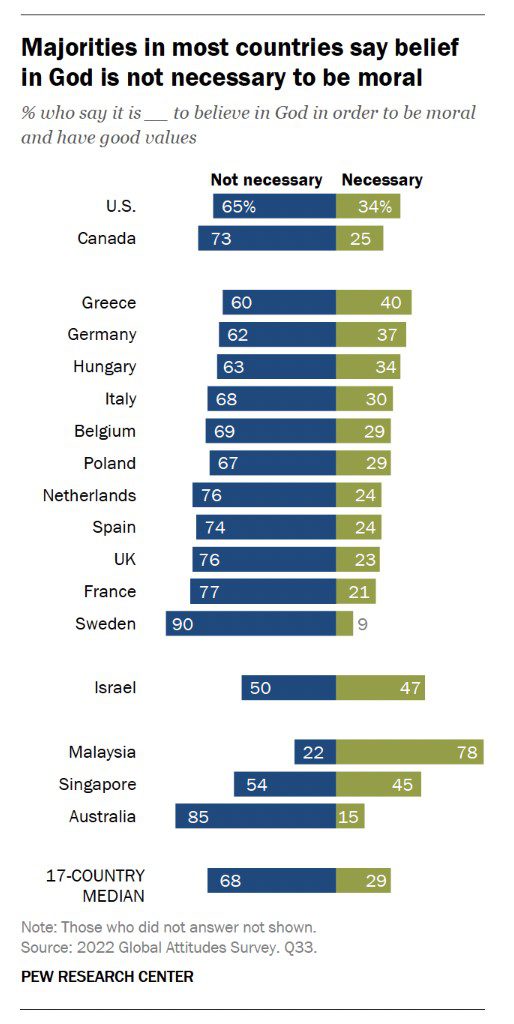
Archive for May 2023
Maternal Childhood Abuse Versus Neglect Associated with Differential Patterns of Infant Brain Development
Longitudinal Relations Between Childhood Maltreatment, Emotion Regulation Difficulties, and Suicidal Ideation and Non-Suicidal Self-Injury: An 18-Month Investigation of Psychiatrically Hospitalized Adolescents
Longitudinal Stability and Interrelations of Tonic and Phasic Irritability in Adolescent Girls
The analysis of randomized response “ever” and “last year” questions: A non-saturated Multinomial model
materialmodifier: An R package of photo editing effects for material perception research
Design of experiments with sequential randomizations on multiple timescales: the hybrid experimental design
A comparison of automatic and manual measures of turn-taking in monolingual and bilingual contexts
Bird’s-Eye View of Cue Integration: Exposing Instructional and Task Design Factors Which Bias Problem Solvers
Integrating Motivation and Instruction: Towards a Unified Approach in Educational Psychology
John Glover: a Long Overdue Account of His Productive Scholarship Methods
Improving Computer-Assisted Language Learning Through the Lens of Cognitive Load
Thwarted Belongingness and Suicide Risk in Primary Care: Perceived Burdensomeness and Psychache as Mediators
Bodies, reproductive rights and self determination
Perceptions of Sexual Risk and HIV/STI Prevention Among Black Adolescent Girls in a Detention Center: an Investigation of the Role of Parents and Peers
COVID-19 Vaccine Hesitancy, Medical Mistrust, and Mattering in Ethnically Diverse Communities
Undercover Anti-bullying Team: An Alternative Approach to Bullying in Japan
Strategies That Promote Equity in COVID-19 Vaccine Uptake for Latinx Communities: a Review
Acceptability, Suitability, and Feasibility of an Evidence-Based Intervention to Reduce HIV Risk Behaviors: Engaging Comadronas in HIV Prevention in Rural Guatemala
Tumor Molecular Profiling in Hispanics: Moving Towards Precision Oncology and Health Equity
The Impact of COVID-19 on U.S. Computer Science Faculty’s Turnover Intentions: The Role of Gender
The Political and Religious Context of Juvenile Punishment: A Multilevel Examination of Juvenile Court Dispositions in Three Southern States
Unionization at Volkswagen in Chattanooga: A Postmortem
George Wallett, 1775–1845: entrepreneur and asylum doctor

Many people in U.S., other advanced economies say it’s not necessary to believe in God to be moral

High levels of loneliness in people with hoarding disorder
Factorial Structure of the Emotional Beliefs Questionnaire: Testing Measurement Invariance and Competitive Models
Trends in cigarette consumption across the United States, with projections to 2035
National longitudinal tobacco product discontinuation rates among US youth from the PATH Study: 2013-2019 (waves 1-5)
Female dependents, individual customers and promiscuous digital personas: The multiple governing of women through the Australian social security couple rule
Emotion regulation in older adulthood: roles of executive functioning and social relationships
Why Do Late Boomers Have So Little Wealth and How Will Early Gen Xers Fare?
Effectiveness of hospital clowning on pediatric anxiety and pain: Network meta-analysis.
Birchers: How the John Birch Society Radicalized the American Right

The Neglected Role of Domestic Migration on Family Patterns in Latin America and the Caribbean, 1950–2000
Abstract
Urbanization has played a key role in shaping twentieth-century demographic changes in Latin America and the Caribbean (LACar). As a result, scholarly research on domestic migration and the family has primarily focused on fertility differentials by migration status in urban areas, finding a robust negative correlation between internal migration and fertility. This research has overlooked how this relationship varies across types of migration flows other than rural-to-urban migration and by women’s age at migration and social class. Additionally, not enough attention has been paid to the family formation and dissolution trajectories underlying the lower fertility of rural migrants. I use a life-course inductive approach to examine these overlooked aspects among women from 10 LACar countries, including the three largest countries by population. Using retrospective information on women’s childbearing and marital histories from the Demographic and Health Surveys, I build an eight-category typology of family paths and study the conditional distribution of this typology by women’s age at migration, educational attainment, and origin/destination area. This examination demonstrates that social class is the primary source of differentiation across family formation and dissolution trajectories and that low-class young rural migrants played a crucial role in the demographic transformations that occurred in the region.
Cognitive Mechanisms Underlying Prosocial Decision Making in Callous-Unemotional Traits
Testing a digital self‐interview approach: The virtual memory assistance tool
Disability Discrimination and Patient-Sensitive Health-Related Quality of Life
Seven-year distress trajectories in uveal melanoma survivors.
Human Impact Partners Research Code of Ethics
Development of an Online Training Platform and Implementation Strategy for School-Based Mental Health Professionals in Rural Elementary Schools: A Mixed-Methods Study
Concurrent schedules of differential reinforcement of alternative behavior in the treatment of problem behavior without extinction
WHO’s health inequality data repository
Economic Update: Today’s Medicare For All Battle With Dr William Bronston
Marlon Chamberlain and “Permanent Punishments”
